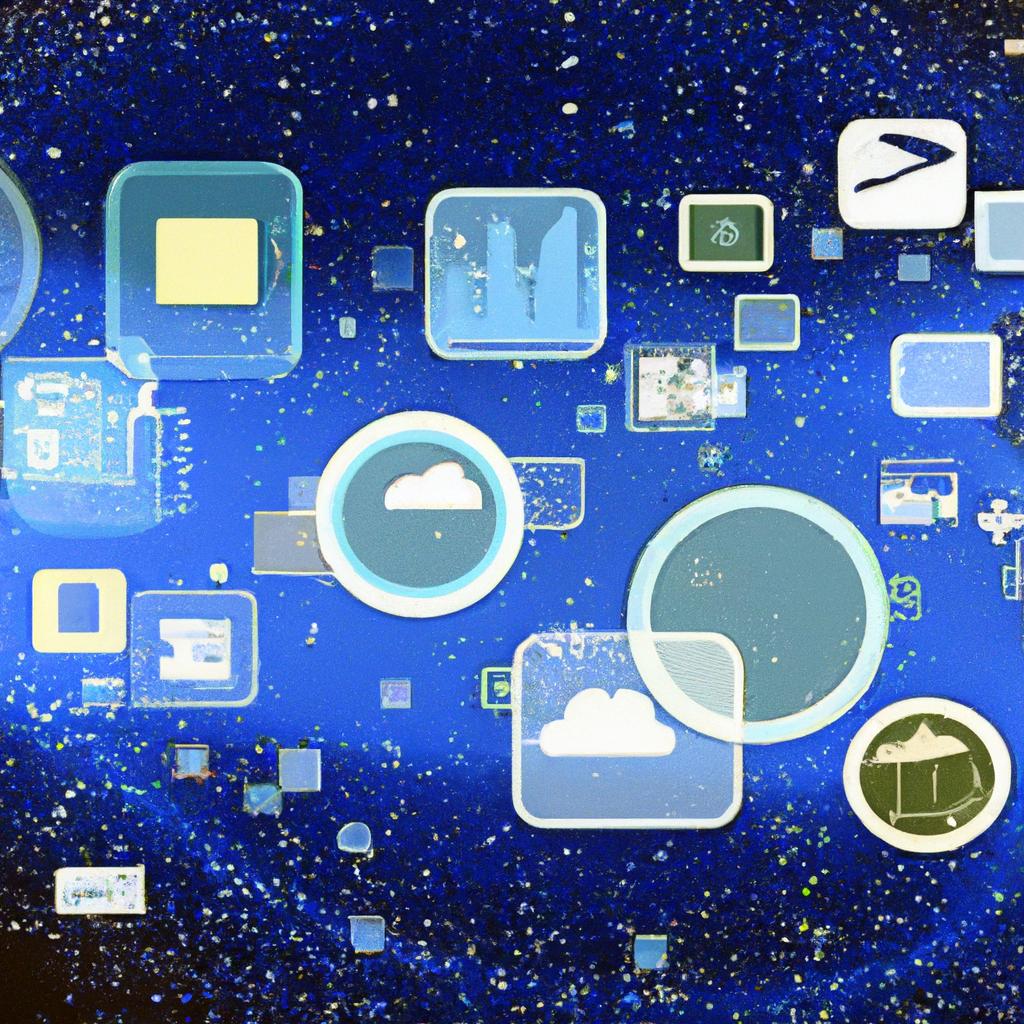
How to Use Data Visualization in Marketing Reports
In a world where information is king, data visualization reigns supreme. For marketers, the key to unlocking actionable insights lies in transforming raw data into visually stunning reports that tell a compelling story. In this article, we will explore the power of data visualization in marketing reports and how you can harness its full potential to drive your business forward. By the time you reach the end, you’ll be equipped with the knowledge and tools needed to take your marketing efforts to new heights. So, let’s dive in and discover the art of using data visualization in your marketing strategy.
Table of Contents
- Heading 1: Introduction to Data Visualization for Marketing Reports
- Heading 2: Benefits of Incorporating Data Visualization in Marketing Reports
- Heading 3: Tips for Creating Effective Data Visualizations in Marketing Reports
- Heading 4: Examples of Data Visualization Tools for Marketing Reports
- Q&A
- Closing Remarks
Heading 1: Introduction to Data Visualization for Marketing Reports
Data visualization is a powerful tool that can greatly enhance the effectiveness of marketing reports. By presenting complex data in a visual format, marketers can easily communicate key insights and trends to stakeholders. This not only makes the information more digestible but also helps in making informed decisions based on the data.
Some benefits of using data visualization in marketing reports include:
- Improved Data Interpretation: Visualizing data helps in understanding patterns and relationships that may not be immediately apparent from looking at raw numbers.
- Increased Engagement: Visual elements such as charts and graphs capture attention and make the information more interesting and engaging for the audience.
- Enhanced Decision Making: Visualizations make it easier for stakeholders to spot trends, outliers, and areas of concern, leading to more informed decision-making processes.
Heading 2: Benefits of Incorporating Data Visualization in Marketing Reports
Data visualization is a powerful tool that can transform your marketing reports from plain data into visually appealing and easy-to-understand insights. By incorporating data visualization techniques, you can effectively communicate complex data in a way that is engaging and informative for your audience. Whether you are presenting key performance indicators, trends, or customer demographics, data visualization can make your marketing reports more impactful and memorable.
One of the main benefits of using data visualization in marketing reports is the ability to identify patterns and trends quickly. With charts, graphs, and interactive visuals, you can easily spot correlations, outliers, and opportunities for improvement. By presenting data in a visual format, you can help your audience make data-driven decisions more efficiently. Additionally, data visualization can enhance storytelling in your marketing reports, making it easier for your audience to connect with the data and understand the key takeaways.
Heading 3: Tips for Creating Effective Data Visualizations in Marketing Reports
When it comes to creating effective data visualizations in marketing reports, it’s important to keep a few key tips in mind. First and foremost, always consider your audience. Make sure the data you are presenting is relevant to them and easy for them to understand at a glance. Utilize graphs, charts, and infographics to help visualize the data in a clear and engaging way.
Another tip is to keep your visualizations simple and clean. Avoid cluttering the report with too many data points or unnecessary design elements. Use color strategically to highlight important information and make sure your visualizations are easy to interpret. Finally, don’t forget to provide context for the data you are presenting. Include brief explanations or captions to help your audience understand the significance of the data and how it relates to your overall marketing goals.
Heading 4: Examples of Data Visualization Tools for Marketing Reports
When it comes to creating engaging and informative marketing reports, data visualization tools can be incredibly helpful. These tools allow you to present your data in a visually appealing way, making it easier for your audience to understand and interpret the information you are presenting.
Some examples of data visualization tools that are popular among marketers include:
- Google Data Studio: This tool allows you to create customizable reports and dashboards using data from Google Analytics, Google Ads, and other sources.
- Tableau: Tableau is a powerful data visualization tool that allows you to create interactive dashboards and reports that can be easily shared with your team or clients.
- Infogram: Infogram is a tool that specializes in creating interactive infographics and charts, perfect for adding visual interest to your marketing reports.
Q&A
Q: What is data visualization?
A: Data visualization is the graphical representation of data to help businesses and marketers easily understand complex information.
Q: Why is data visualization important in marketing reports?
A: Data visualization is important in marketing reports because it allows for easier interpretation of data, helps identify trends and patterns, and communicates insights more effectively.
Q: How can marketers use data visualization in their reports?
A: Marketers can use data visualization in their reports by creating charts, graphs, and infographics to represent key metrics, performance data, and trends in a visually appealing manner.
Q: What are some popular tools for creating data visualizations?
A: Some popular tools for creating data visualizations include Tableau, Google Data Studio, Microsoft Power BI, and Infogram.
Q: How can marketers ensure their data visualizations are effective?
A: Marketers can ensure their data visualizations are effective by selecting the right type of visual representation for the data, keeping the design simple and clean, and providing clear explanations of the data being presented.
Q: How can data visualization help improve marketing strategies?
A: Data visualization can help improve marketing strategies by providing valuable insights into customer behavior, campaign performance, and market trends, which can inform decision-making and optimize marketing efforts.
Closing Remarks
In conclusion, data visualization is a powerful tool that can help marketers communicate complex information in a clear and compelling way. By using charts, graphs, and other visual elements, marketers can not only present their data effectively but also uncover valuable insights that can drive decision-making and strategy. So next time you’re preparing a marketing report, don’t forget to leverage the power of data visualization to make your data come to life. Happy visualizing!


